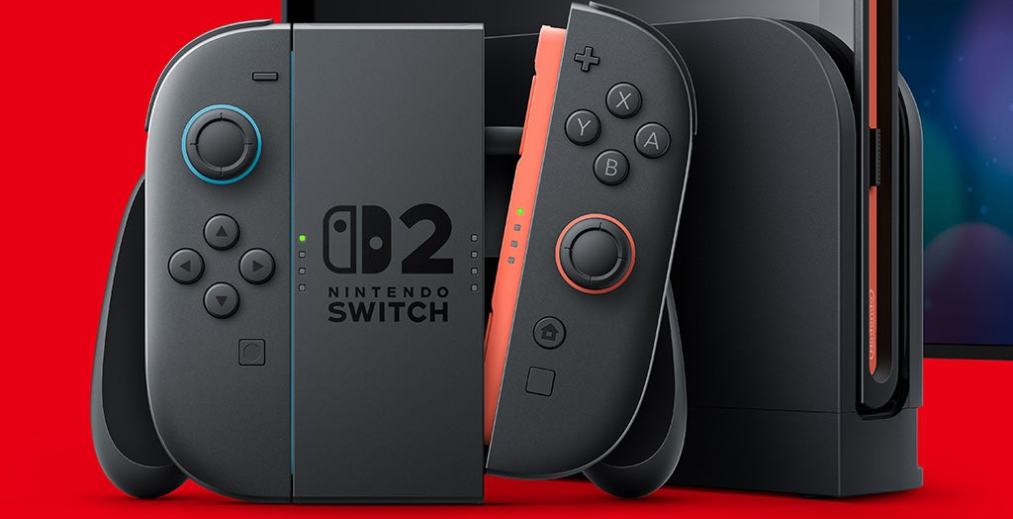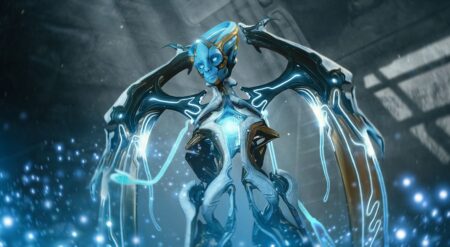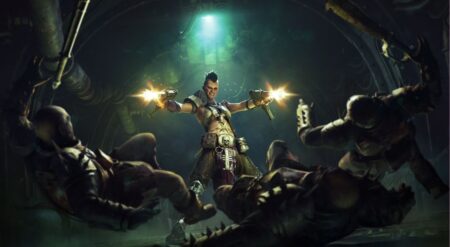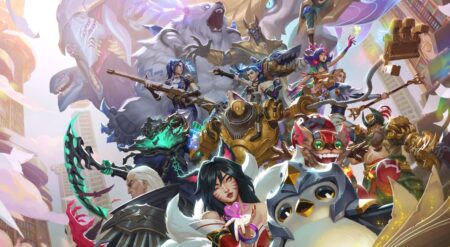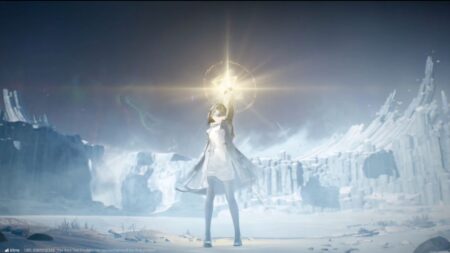It’s been a little over eight years since the launch of the Nintendo Switch. With years of rumors circulating about its successor, we finally got our deep dive look into the Nintendo Switch 2 and a bunch of games we can expect in its launch year.
Luckily, we also got roughly eight hours of hands-on time with Nintendo’s newest console and an assortment of games to put the hardware through its paces. However, after walking away from the event, the one thing that has stuck with me more than anything else is how impressive the mouse functionality of the Joy-Con controllers are.
A Modest Mouse
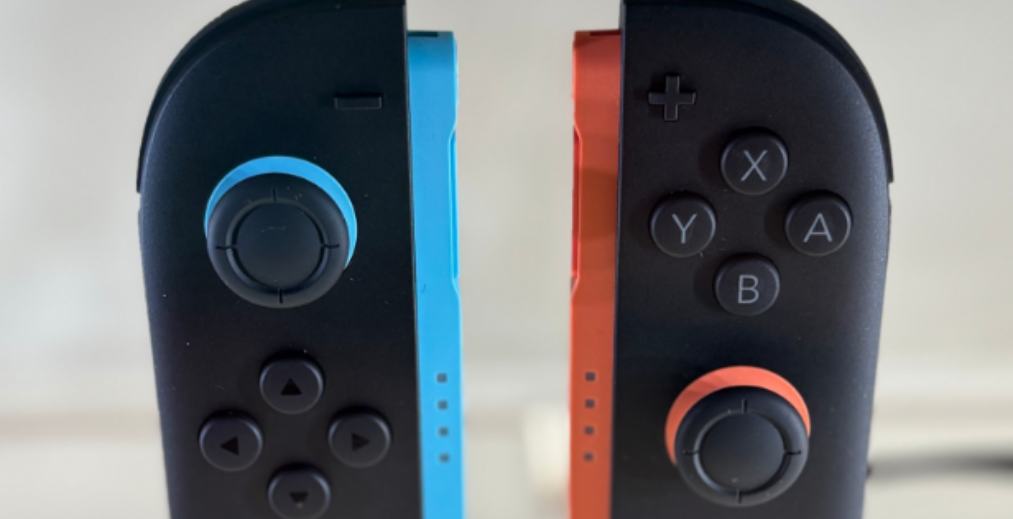
The Nintendo Switch 2’s Joy-Con controllers can be set on their side to act like a computer mouse. Each Joy-Con can act like a mouse independently of one another as you glide them across a flat surface, and depending on the game you’re playing, switching from controller mode can be seamless.
Metroid Prime 4: Beyond is a perfect example. My left hand controls Samus’ movements with the joystick and simple button inputs perform basic actions like morphing into ball form or jumping. The right Joy-Con 2 glides around the table as a mouse giving me precision aiming for the blaster. This new control scheme blends conventional controller gaming with the speed and precision that comes with a traditional mouse to create something entirely new.
Now, if you want to stop using the mouse, simply pick up the controller and use it as you regularly would. There’s no need to open a menu or change a setting, it just works. I was skeptical of the idea, but after playing through a demo of Metroid Prime 4: Beyond I’m more than convinced this isn’t merely a cheap gimmick.
As I scanned doors, blasted enemies, and took on a boss that required quite a bit of responsiveness, it all felt natural. I never second-guessed a movement or had to wrestle the controls. This is one small example of my time spent with the Joy-Con 2 mouse, but it shaped the rest of the games I played that utilized one of the Nintendo Switch 2’s flagship features.
Sliding the mouse around in a new air hockey mini-game added to Super Mario Party Jamboree, or making decisions in Civilization VII all felt like a natural extension of the Joy-Con 2. While the Joy-Cons thin width makes for a slightly strange form-factor, it didn’t take too long to adjust. For those who may not have a flat surface available when gaming on a comfy couch or somewhere a bit more inconvenient, there’s a solution for this.
The Joy-Con 2 mouse works on just about anything. In fact, we were encouraged by demoists multiple times to use it on our pants—which I can also report works well. I wasn’t sure at first, but after moving the controllers around on my denim jeans during a heated match of the newly announced wheelchair basketball game Drag x Drive, I was impressed. I don’t know how much utilization the mouse will see over the console’s lifespan but it seems far more practical than my initial reaction.
The Switch 2’s Hardware Is Visibly Better Than Before
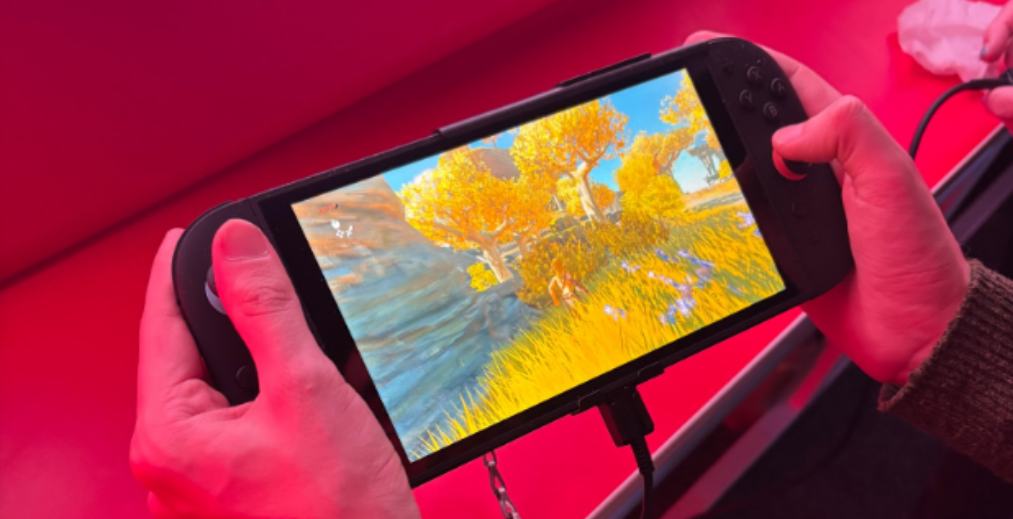
However, the real meat and potatoes of the Switch 2 comes from the hardware under the hood. A custom Nvidia processor, 7.9-inch wide color gamut LCD screen, and HDR10 compatibility give the Switch 2 a lot to work with here. When playing the enhanced version of The Legend of Zelda: Tears of the Kingdom I could already see massive improvements to the visuals. What used to be a spotty 30 fps and some washed-out tones is now a silky smooth 60 frames and much more vibrant foliage. The graphics improvement feel drastically different from the jump.
A game that was pushing the limits of the original Switch is now a technical showpiece for what the Nintendo Switch 2 can provide to older games that struggled. Faster load times, snappier text boxes, and a more fluid inventory management screen showcase the console’s power benefits to your older Switch library. I thought I would miss the OLED screen on the Switch, but honestly, the LCD with HDR makes everything pop in a meaningful way.
Still, not everything looks great on a TV, though. While Cyberpunk 2077’s Ultimate Edition is impressive, I couldn’t help but notice a lot of visual noise around the character’s hair and textural pop-in while playing it at 1080p docked. While it’s exciting to see a game as visually dense as Cyberpunk 2077 run on the Switch 2, it does still feel like it butts up against the wall with certain technically demanding games.
It’s one that I wish I could see running in handheld mode, because it feels like it would be comparable to the Steam Deck version, and that prospect is thrilling. The Switch 2’s lower profile makes it a bit less cumbersome to travel with, and having a system that can run games like Cyberpunk 2077 at similar performance levels bodes well for future juggernaut RPGs.
Physical Prowess
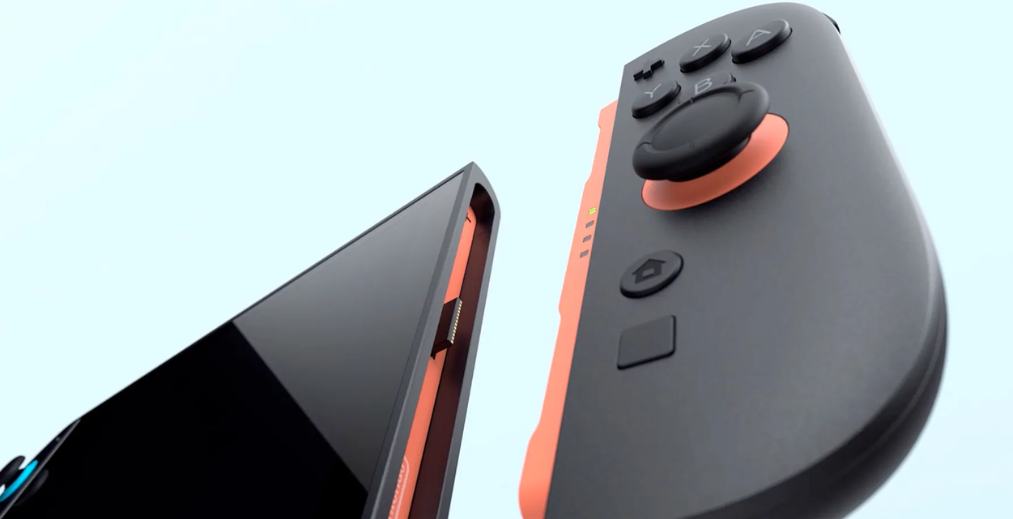
The physicality of the Nintendo Switch 2 also feels sturdier. A more stable magnetic locking system for the Joy-Cons in handheld mode gives the Switch 2 a nice, clean feel when playing handheld. A simple click of the button on the back of each Joy-Con will pop them off, and putting them back on is just as easy. No more having to wrestle with the guard rails of the original Switch, hoping you didn’t put your Joy-Cons on upside down.
While only marginally heavier than the original Switch, the Switch 2 still feels light. Coming in slightly over a pound with both Joy-Con 2 controllers attached, I never felt like I needed to put it down or rest my hands against the table. It feels like Nintendo made smart choices when designing the form and function of the Switch 2 without compromising its vision for children and adults to be able to enjoy the system, no matter their size.
We didn’t, however, get to look at the Nintendo Switch 2 UI or how the Nintendo EShop has changed. That said, during a developer roundtable interview, the hardware team was asked about improvements to the EShop. Producer of the Nintendo Switch 2 Koichi Kawamoto wanted to make the EShop a “smoother experience” to which Technical Director Tetsuya Sasaki chimed in with “with that request from Mr. Kawamoto, the team that created the network service, the team that was in charge of the infrastructure, the team that is in charge of the server app, even in charge of the client side of the software. Everybody gathered to put all their forces together to make Mr. Kawamoto happy.”
Despite a large portion of the Direct focusing around the new GameChat feature, which allows users to share their screen and video chat (similar to apps like Discord), we were not able to try out this new feature. So it still remains to be seen how well that feature works, and it seems like we won’t know until the Nintendo Switch 2 launches in June.
But What About The Price To Pay For The Switch 2?
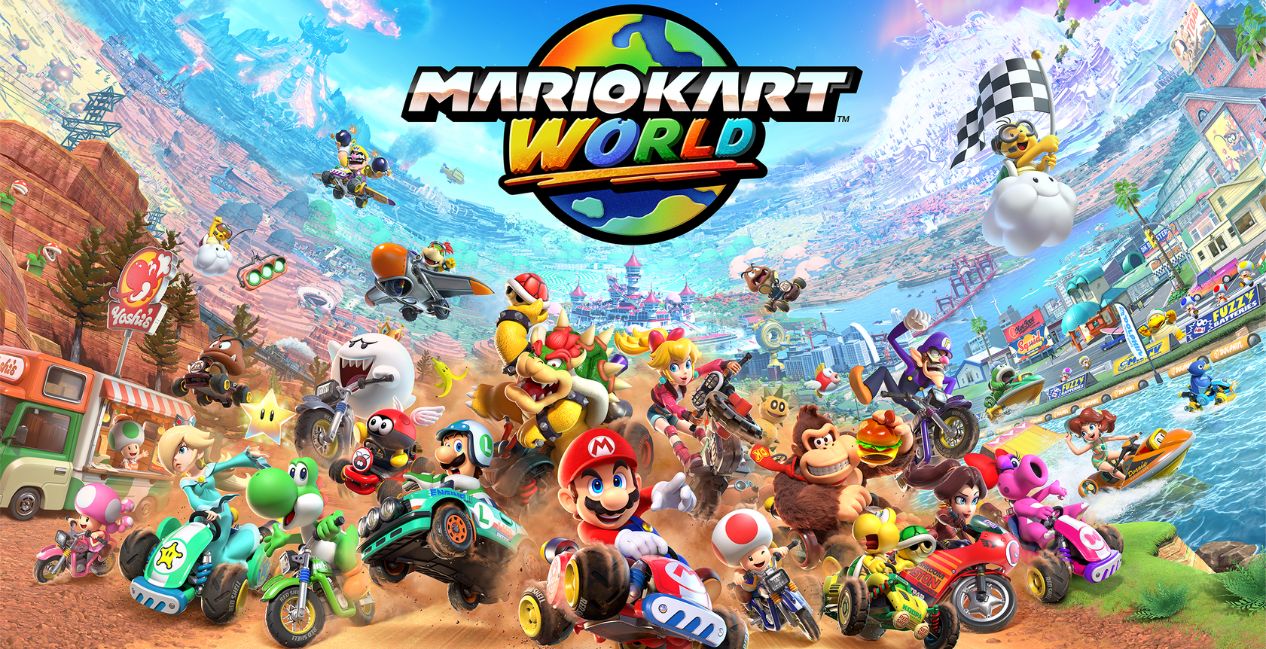
As the event went on, it was hard not to notice the vibe shift amongst the group as more information trickled out about the pricing of Mario Kart World, the Nintendo Switch 2 console itself, and for older Switch games with enhancements. This is due to a bevy of factors of our current economic climate, but still, seeing an $80 price tag on a Switch 2 game stings. Regardless of how you feel about the increase of the console’s gaming catalog, the price hike is going to be inked in the console’s legacy, a moment in time to remember, and a portent of things to come in the future.
It certainly colored a lot of my perspective of the Nintendo Switch 2 and if it’s worth purchasing a $450 console in the United States at launch. With a current slate of Mario Kart World, Donkey Kong Bananza, Metroid Prime 4: Beyond, Kirby Air Riders, and more, it’s hard not to be optimistic of the Switch 2’s future, even if that comes at a pretty hefty price tag for players.
Despite it all, I’m still excited for the Nintendo Switch 2 and everything that console has in store. It feels like a meaningful improvement to an already incredibly successful device.
The Nintendo Switch 2 is available June 5, 2025 with pre-orders opening this April 9, 2025.

